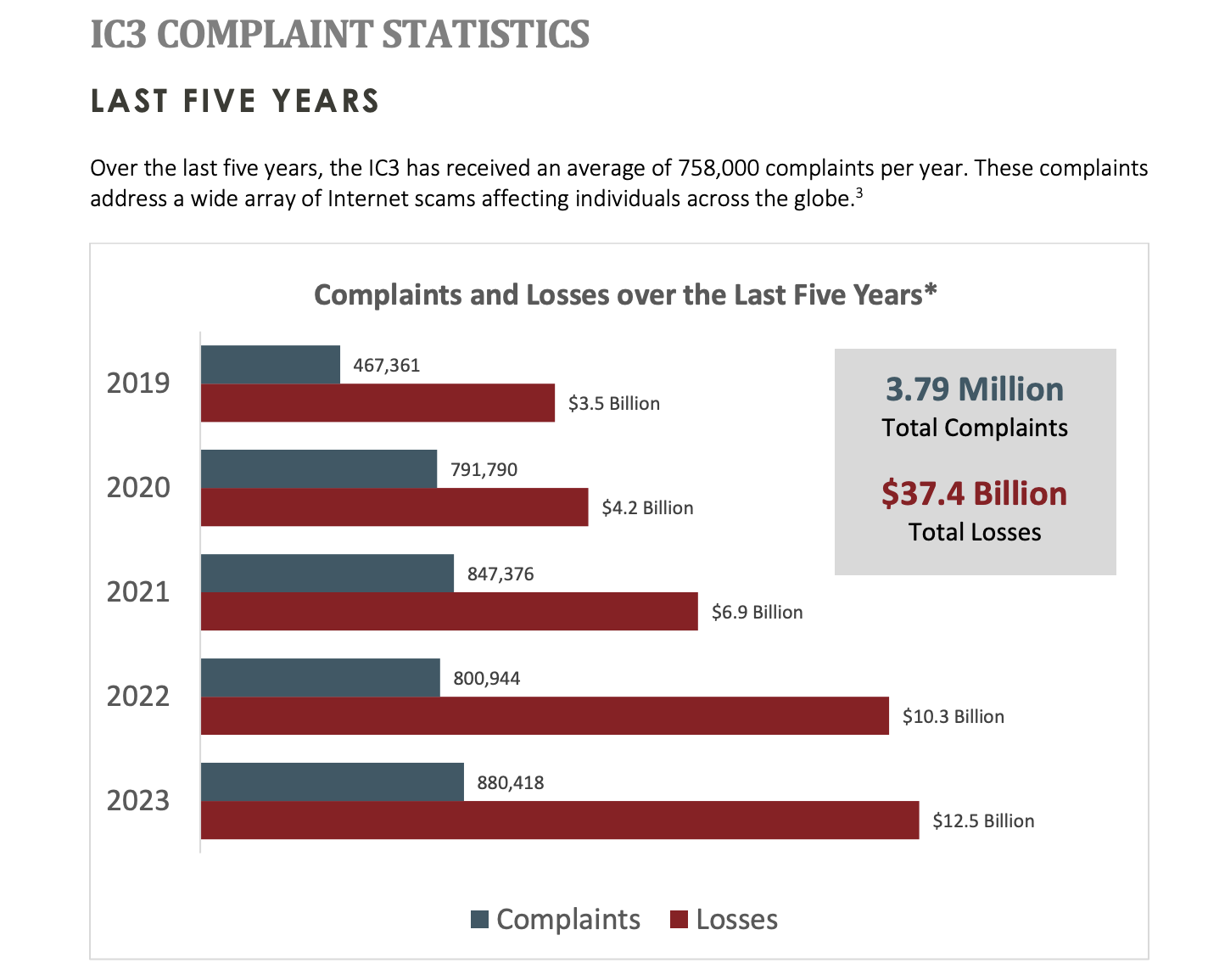
The US government on April 3 pledged about $3.6M in cooperative agreements to develop a cybersecurity workforce that would protect businesses from possible cyber attacks.
The Department of Commerce’s National Institute of Standards and Technology (NIST) pledged to allocate “roughly $200K” to 18 education and community-centric organizations across 15 states to tackle the country’s shortage of experienced cybersecurity professionals.
US Government Agency to Combat Soaring Cybersecurity Threats
NIST disclosed that the cooperative agreement will be overseen by NICE, a partner company between the US government, academia, and the private sector, focusing on cybersecurity education and workforce development.
NIST is building the cybersecurity workforce of tomorrow, with $3.6 million in funding for community-based education. Learn more: https://t.co/Daf16depLZ pic.twitter.com/gA7iWLNmtv
— National Institute of Standards and Technology (@NIST) April 3, 2024
NIST Director Laurie E. Locascio expressed enthusiasm for the future of cybersecurity and what the earmarked grants could achieve in the future.
“By investing in our cybersecurity workforce, we are not just filling a critical gap. We are creating a future where Americans have access to the training they need to secure high-quality, good-paying jobs,” she stated.
This is really a great initiative. Finally, someone thinking about building a talent pipeline for the most needed capability.
— Zero Trust Meet (@zerotrustmeet) April 4, 2024
According to the NIST, the chosen beneficiaries will build Regional Alliances and Multistakeholder Partnerships to Stimulate (RAMPS) cybersecurity education together.
These RAMPS projects will align with the NIST projected cybersecurity workforce framework needs of local businesses, firms, and nonprofit organizations.
“It shines a spotlight on local communities that are working together to create career pathways to good jobs for all Americans and contributes to local and regional economic development by addressing the workforce needs of local businesses,” he added.
The pledge from the US government agency echoes the data shared by the CyberSeek tool, a NICE-funded platform that analyzes data about the cybersecurity workforce market. It revealed that there were 448,033 cybersecurity job opportunities in the US between January 2023 and January 2024.
A similar survey from researchers showed that the cybersecurity sub-sector continues to grow despite the massive tech layoffs. Job vacancies for cybersecurity professionals grew by 350% from 2013 to 2021. As of 2023, the sector had about 3.5 million unfulfilled roles. More than 700,000 of those cybersecurity positions were in the US.

Cyber risks continue to increase in the US. According to IBM, 83% of organizations experienced one form of cyber attack in 2022. The severity of these incidents could be devastating. For instance, some companies have suffered a decline of over 5% in their stock price following a data breach, while others have had their entire supply chain disrupted by cyber attacks.

The eSentire 2023 Cybercrime report projects that the cost of cybercrime damage will reach $10.5 trillion by 2025.
The prevalence of cybercrime has become a major concern across various industries within and outside the US, even as regulators like the Securities and Exchange Commission (SEC) started taking cybersecurity seriously. Recall that Chainalysis reported $1 billion in cryptocurrency ransomware payments for 2023.
NIST Establishes Consortium Amidst Amidst President Biden AI Policy
On November 1, 2023, US President Joe Biden and Vice President Kamala Harris jointly announced that the US government’s Department of Commerce, through the NIST, will establish the US Artificial Intelligence Safety Institute (USAISI).
The USAISI will lead the nation’s efforts on AI safety and trust alongside evaluating advanced AI models.
On February 7, 2024, the US government Secretary of Commerce, Gina Raimondo, announced key executive members to lead the USAISI.
#NEWS: @SecRaimondo announces key members of the executive leadership team to lead the U.S. AI Safety Institute, which will be established @NIST.
Elizabeth Kelly to lead the Institute as Director & Elham Tabassi to serve as Chief Technology Officer. https://t.co/JQ5GfRDhBF
— U.S. Commerce Dept. (@CommerceGov) February 7, 2024
In response to the presidential policy, the NIST created an AI Safety Institute Consortium on February 8, 2024, which brings together over 200 organizations to develop science-based guidelines and standards for AI measurement and policy to make advanced technology safe for everyone.
Today, @CommerceGov announced the formation of the NIST-administered U.S. AI Safety Institute Consortium, which will unite government and industry with AI developers and users. Read more: https://t.co/Gqn3vZ4um6 pic.twitter.com/8FwAHSXXHa
— National Institute of Standards and Technology (@NIST) February 8, 2024
Additionally, the consortium will enable the US government to address the capabilities of the next generation of AI models and the applicable risk management strategies.












